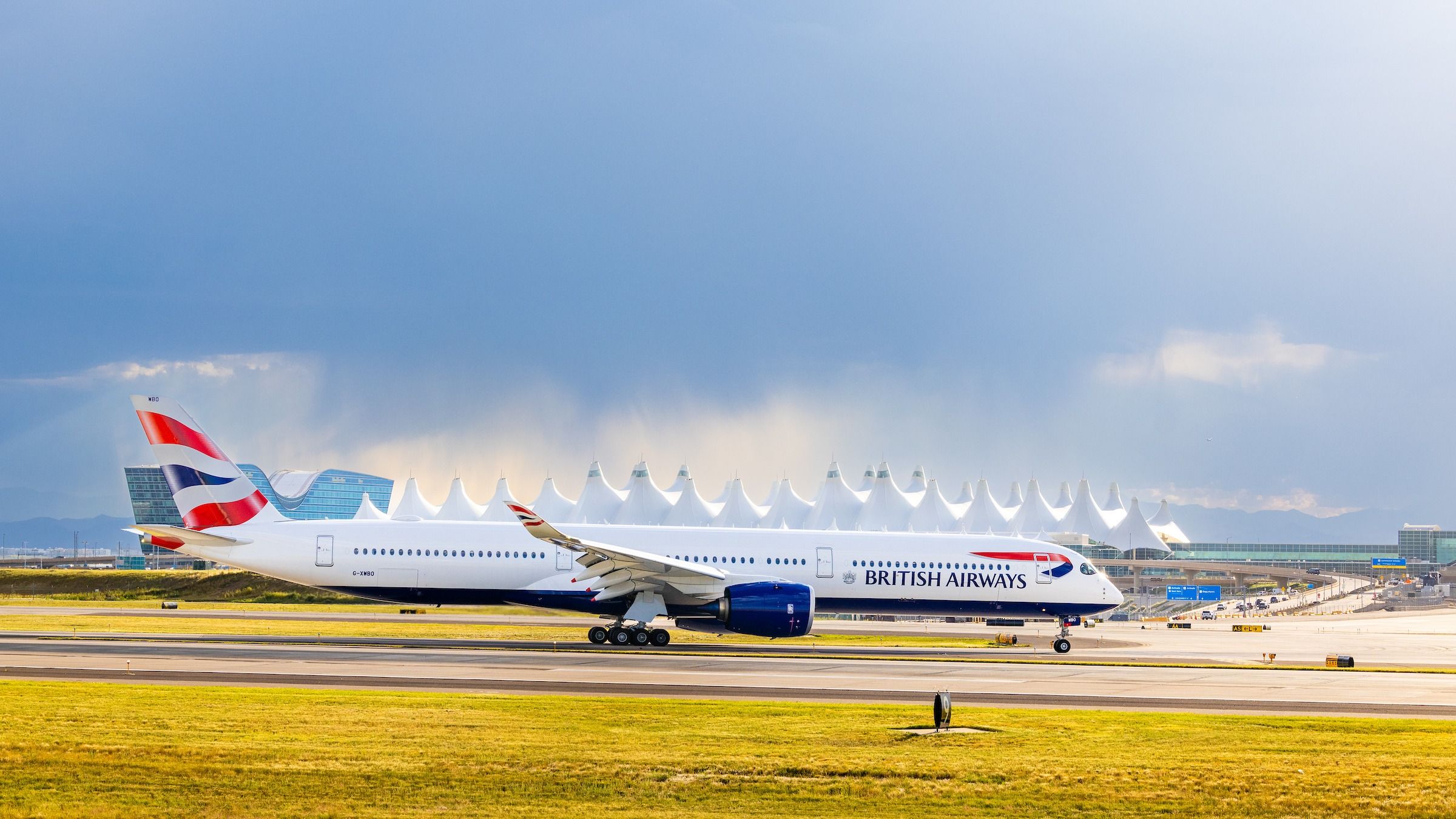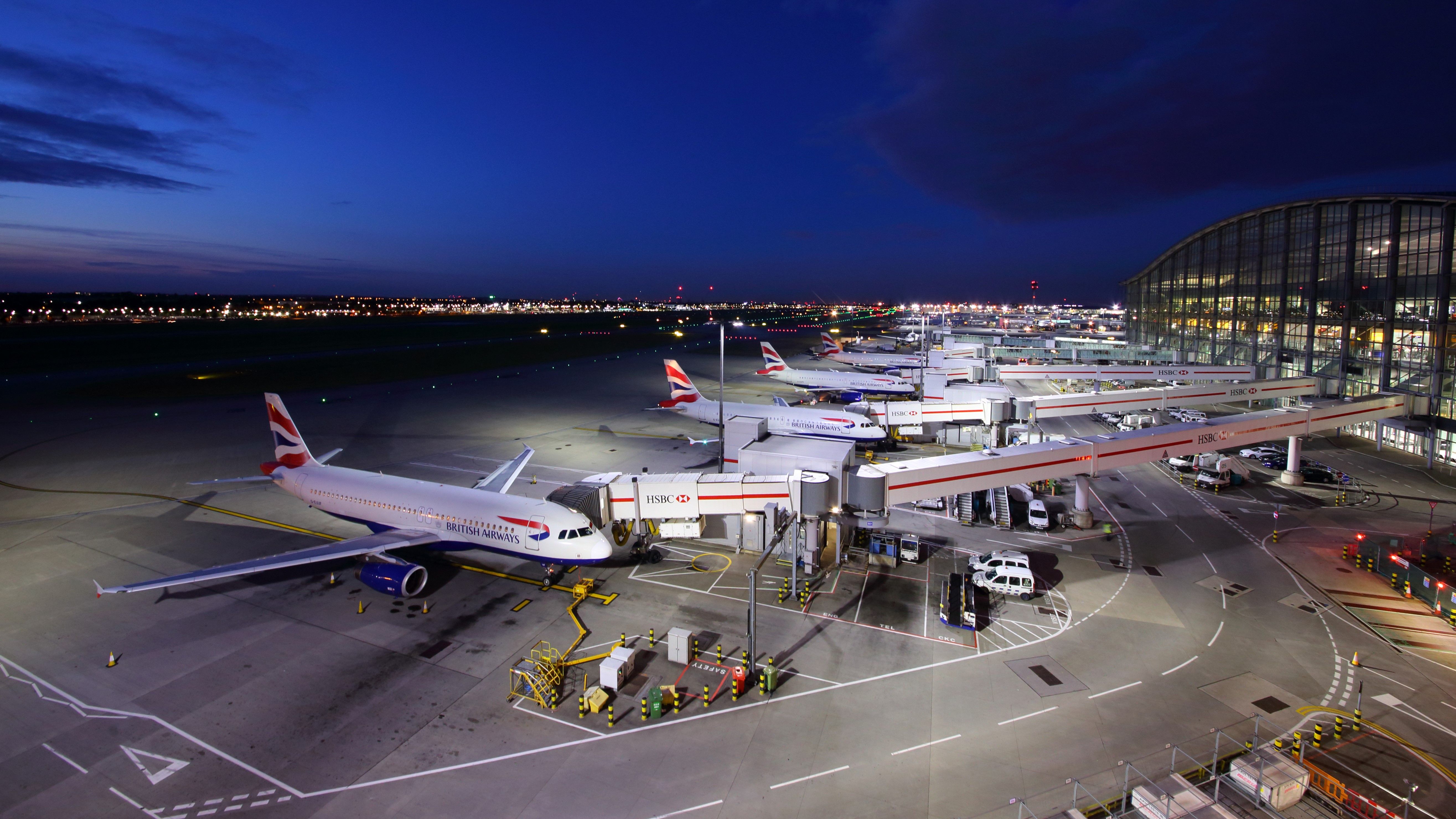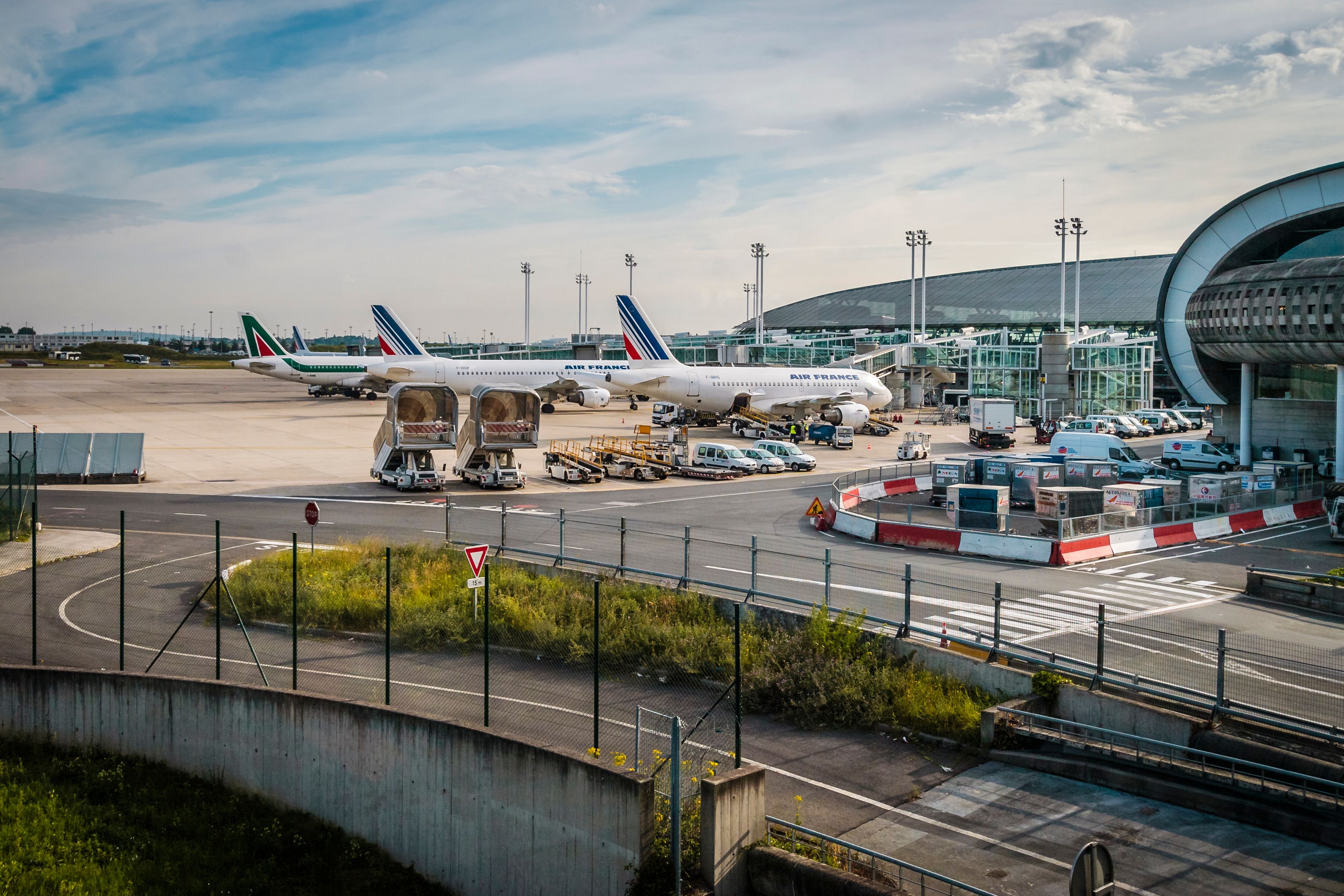Summary
- Successful major airport hubs require alignment between lawmakers, airports, airlines, and other stakeholders.
- Some European hubs face challenges from regulators regarding airline capacity and future growth.
- Connecting traffic and competition plays a significant role for many airports and airlines.
Airport hubs make up the backbone of commercial aviation. These airports allow passengers to connect between other airlines and flights as seamlessly as possible, given there are no disruptions such as flight delays or cancelations caused by various reasons.
Airlines use passenger data at their hubs to scale their networks, such as valuable connecting flows. But in Europe, some hubs are at risk of losing connecting passengers due to certain laws imposed by regulators in the region.
What makes a hub successful?
According to OAG, an aviation data and analysis provider, the most important factor in a successful major airport hub is the partnership between lawmakers, airports, airlines based at the hub, tourism statistics, and other key stakeholders.
“When they are all aligned anything can happen, and when that alignment fractures problems develop quickly as we are seeing throughout Europe,” said John Grant, an OAG data analyst.
Photo: Fasttailwind/Shutterstock
Most hubs have several factors working in their favor, including some that can be influenced and others that have been a natural advantage, such as geography. According to Grant, most of the major European hub faces challenges from regulators regarding airline capacity and future growth, including Amsterdam and Paris, which have made headlines recently.
Inside the numbers: European Megahubs
Five European hubs were raked in OAG’s Megahubs 2023 report, which analyzes flight connectivity and how it has returned at some of the world’s largest airports.
|
Global Rank |
Airport |
Total Seats (September 2022 – August 2023) |
International Connections (August 11, 2023) |
International Destinations (August 2023) |
|---|---|---|---|---|
|
1 |
London Heathrow Airport (LHR) |
47,198,251 |
57,540 |
209 |
|
3 |
Amsterdam Schiphol Airport (AMS) |
35,416,901 |
58,805 |
256 |
|
6 |
Frankfurt Airport (FRA) |
35,724,358 |
61,309 |
276 |
|
7 |
Istanbul Airport (IST) |
44,720,072 |
65,509 |
299 |
|
9 |
Paris Charles De Gaulle Airport (CDG) |
38,914,042 |
51,104 |
259 |
|
27 |
Madrid–Barajas Airport (MAD) |
33,782,189 |
27,133 |
203 |
With five airports in Europe among the top 10 worldwide, Grant said the competition for connecting passengers is “fierce.”
Local vs. connecting travelers
Comparing local and connecting traffic, nearly every flight has a mix of both. Out of the six airports below, two-thirds rely on connecting traffic for over half of their traffic carried by their base airlines, according to Grant.
|
Hub Airport |
Local Traffic |
Connecting Traffic |
|---|---|---|
|
AMS |
40.9% |
59.1% |
|
CDG |
46.2% |
53.8% |
|
FRA |
32.3% |
67.7% |
|
IST |
33.6% |
66.4% |
|
LHR |
58.0% |
42.0% |
|
MAD |
54.1% |
45.9% |
Photo: Chandra Ramsurrun/Shutterstock
FRA is reportedly “exposed to the vulnerabilities of connection flows,” while IST has experienced rapid growth from Turkish Airlines for flying to more countries than any other airline. Surprisingly, LHR has the lowest amount of connecting traffic for British Airways. Grant said this is due to “the fact that London has a larger catchment area for local demand than other airports.”
How do connections benefit airlines?
According to OAG data, airlines enjoy a proportion of connecting passengers as the traffic fills seats on flights that would otherwise go out empty and reduces the risk of carriers solely relying on only a few country markets. Below are the highest connecting routes from select European routes.
|
10 Highest Connecting Routes & Percentage Share |
|||||||||||
|---|---|---|---|---|---|---|---|---|---|---|---|
|
Airport City |
1 |
2 |
3 |
4 |
5 |
6 |
7 |
8 |
9 |
10 |
|
|
Amsterdam |
Atlanta (93%) |
Panama (92.6) |
Guayaquil (91.5%) |
Salt Lake City (88.2%) |
Minneapolis St. Paul (88.0%) |
Edmonton (87.3%) |
Beijing (86.8%) |
Quito (86.8%) |
Lima (84.8%) |
Calgary (84.4%) |
|
|
Paris Charles De Gaulle |
Minneapolis St. Paul (91.2%) |
Atlanta (87.9%) |
Belgrade 87.1%) |
Detroit (85.0%) |
Dallas/Fort Worth (82.4%) |
Lima (80.6%) |
Malabo (80.6%) |
Toronto (80.2%) |
Nantes (79.6%) |
Ottawa (79.0%) |
|
|
Frankfurt |
Muscat (93.4%) |
Houston (92.4%) |
Port Harcourt (90.8%) |
Luanda (89.7%) |
Malabo (88.5%) |
Bogota (87.8%) |
Denver (87.4%) |
Dallas/Fort Worth (86.9%) |
Sao Paulo (86.8%) |
Chicago O’Hare (86.6%) |
|
|
Istanbul |
Kilimanjaro (93.9%) |
Zanzibar (93.6%) |
Colombo (91.2%) |
Manila (90.6%) |
Hanoi (90.5%) |
Kathmandu (90.0%) |
Mashad (89.5%) |
Astana (88.2%) |
Kigali (88.0%) |
Delhi (87.5%) |
|
|
London Heathrow |
Dallas Fort/Worth (84.8%) |
Doha (83.5%) |
Sao Paulo (81.5%) |
Toronto (81.0%) |
Phoenix (79.3%) |
Philadelphia (75.3%) |
Portland (74.1%) |
Vancouver (73.7%) |
Pittsburgh (73.4%) |
Montreal (72.5%) |
|
|
Madrid |
Havana (88.7%) |
Dakar (81.3%) |
Dallas Fort/Worth (79.8%) |
Sao Paulo (79.3%) |
Valencia (79.1%) |
San Salvador (75.4%) |
Tangier (72.9%) |
Alicante (71.8%) |
Casablanca (70.7%) |
San Jose (70.5%) |
|
While airlines are not listed, the statistics suggest which carrier operates the routes based on their home base or airline partnerships. From Amsterdam to Atlanta, Grant mentioned that 93% of passengers connecting either flew with KLM Royal Dutch Airlines, which has a hub at AMS, or Delta Air Lines, which is headquartered in Atlanta.
Source: OAG



